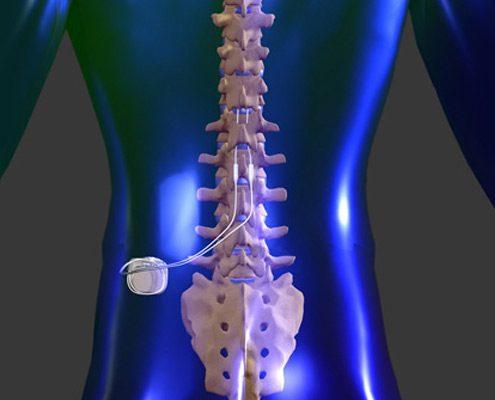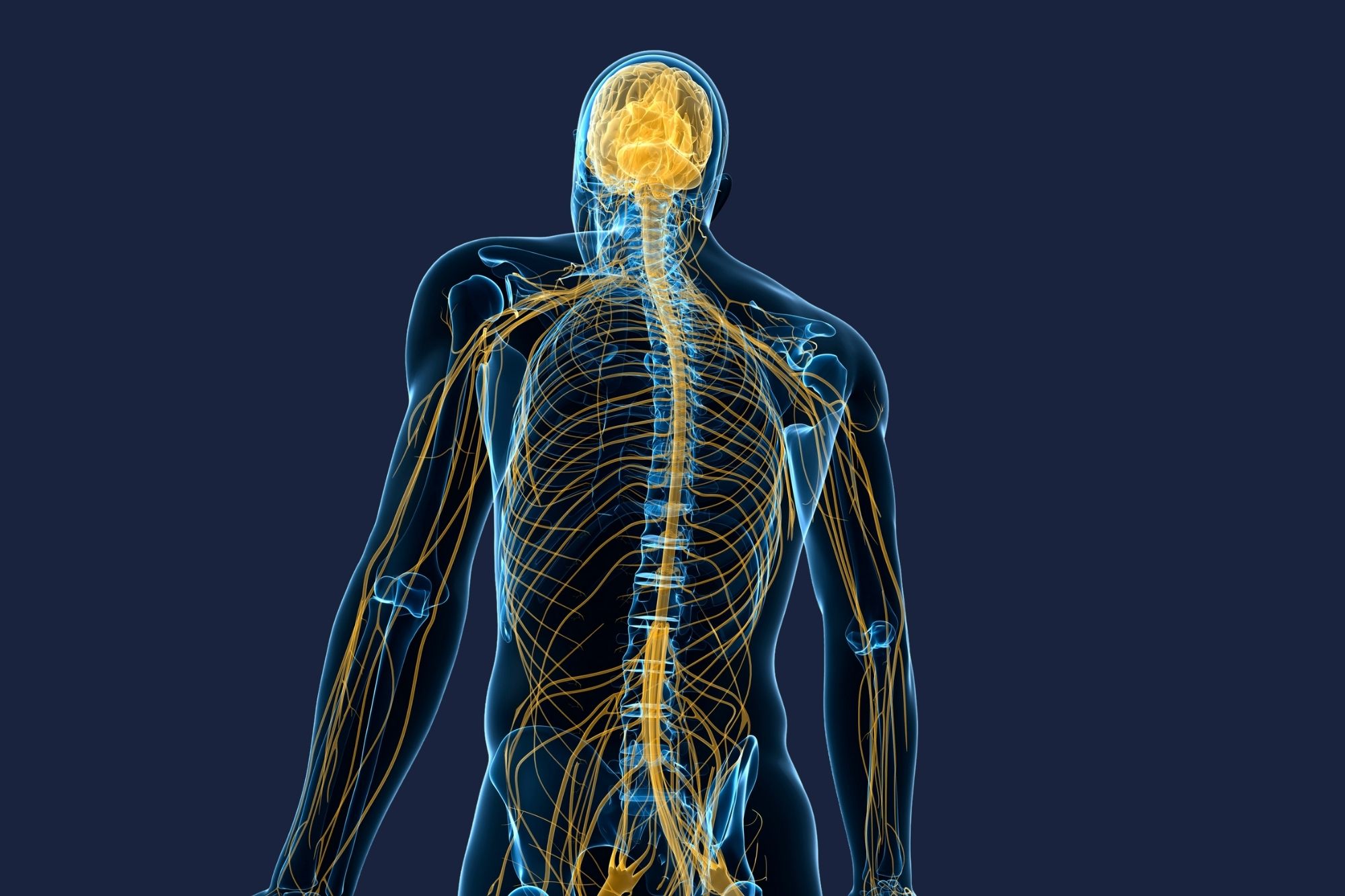
The Road to Recovery: Life After Decompressive Craniectomy
Decompressive craniectomy is a surgical procedure that involves the removal of a part of the skull to relieve pressure on the brain. It is often done in cases of traumatic brain injury or stroke where the pressure build-up can lead to further damage or death. The procedure is a life-saving measure, but it comes with its own set of challenges. In this article, we will explore the road to recovery after decompressive craniectomy.
What is Decompressive Craniectomy?
Decompressive craniectomy is a surgical procedure that involves the removal of a part of the skull to relieve pressure on the brain. It is typically done in cases of traumatic brain injury or stroke, where the pressure on the brain can cause further damage or death. During the procedure, a portion of the skull is removed to allow the brain to swell without being compressed. The skull is later replaced after the swelling subsides.
The procedure is usually performed when the intracranial pressure (ICP) exceeds 20mmHg and is causing brain damage. ICP can build up due to various reasons such as brain hemorrhage, tumors, and infections, and it can lead to irreversible brain damage or death. Decompressive craniectomy is a life-saving measure that can reduce ICP, improve blood flow, and increase the chances of survival for patients with severe brain injuries.
Despite its benefits, decompressive craniectomy is not without risks. The procedure carries a risk of infection, bleeding, and other complications. Patients who undergo the procedure may experience temporary or permanent neurological deficits, such as weakness, paralysis, and cognitive impairment. Nonetheless, the benefits of the procedure often outweigh the risks, and it is considered a necessary measure for patients with severe brain injuries.
Life After decompressive craniectomy
Life after decompressive craniectomy can be challenging for both the patient and their loved ones. Recovery can be a long and difficult process that requires patience, perseverance, and a strong support system. The road to recovery after decompressive craniectomy can be divided into three stages: immediate post-surgery, rehabilitation, and long-term recovery.

Immediate Post-Surgery Stage
The immediate post-surgery stage is the time period immediately after the decompressive craniectomy procedure. During this stage, the patient is closely monitored in the ICU to ensure that they are stable and not experiencing any complications. The patient may be intubated and placed on a ventilator to help with breathing, and they may require additional interventions to manage swelling and pain.
It is important for the patient's loved ones to be supportive during this time, as they may be feeling scared, anxious, or confused. It is common for patients to experience confusion, memory loss, and difficulty communicating during this stage. This can be distressing for both the patient and their loved ones, but it is important to remember that these symptoms are temporary and are a normal part of the recovery process.
Rehabilitation Stage
The rehabilitation stage is the time period after the patient is stable and has been discharged from the hospital. During this stage, the patient may require physical, occupational, and speech therapy to help them regain lost skills and abilities. They may also require assistance with activities of daily living, such as bathing, dressing, and eating.
It is important for the patient's loved ones to be supportive during this stage as well. They can help with transportation to appointments, assist with therapy exercises at home, and provide emotional support. It is important to remember that recovery is a marathon, not a sprint, and progress may be slow and steady.
Long-Term Recovery Stage
The long-term recovery stage is the period after the patient has completed rehabilitation and has returned to their normal daily activities. This stage may take several months or even years, depending on the severity of the injury and the individual's rate of recovery. During this stage, the patient may continue to experience residual symptoms, such as headaches, fatigue, and difficulty concentrating.
It is important for the patient's loved ones to continue to be supportive during this stage as well. They can help the patient manage any ongoing symptoms and encourage them to continue with any recommended therapies or treatments. It is also important for the patient to practice self-care and take care of their physical and emotional well-being.
Tips for Recovery
While the recovery process can be challenging, there are several things that patients and their loved ones can do to help ease the journey:
Stay positive: A positive attitude can go a long way in helping patients cope with the challenges of recovery. Encourage your loved one to focus on the progress they have made rather than the setbacks.
Seek out resources and support: Patients and their loved ones should seek out resources and support from medical professionals, rehabilitation specialists, and support groups. These resources can provide valuable information and support during the recovery process.
Set realistic goals: Setting realistic goals can help patients stay motivated and focused on their recovery. Work with your healthcare team to develop a plan that includes short-term and long-term goals.
Be patient: Recovery after decompressive craniectomy can be a slow process. It is important to be patient and persistent in your efforts to regain lost abilities.
Take care of yourself: Caregivers often neglect their own needs while caring for a loved one. It is important to take care of yourself, both physically and emotionally, to avoid burnout.
Healthy Türkiye Notes
Life after decompressive craniectomy can be challenging, but with the right support and resources, it is possible to recover and regain lost abilities. The road to recovery after decompressive craniectomy is a long and difficult one, but it is important to remember that progress may be slow and steady. Patients and their loved ones should be patient, stay positive, and be persistent in their efforts to regain normalcy. It is also important to remember that everyone's recovery journey is unique, and progress may vary from person to person.
During the recovery process, it is important to seek out resources and support from medical professionals, rehabilitation specialists, and support groups. Patients and their loved ones can also find helpful resources online, such as blogs, forums, and websites that offer information and support.
In conclusion, decompressive craniectomy is a life-saving procedure that comes with its own set of challenges. However, with the right support and resources, it is possible to recover and regain lost abilities. The road to recovery after decompressive craniectomy can be a long and difficult one, but with patience, perseverance, and a strong support system, it is possible to overcome the challenges and live a fulfilling life.



